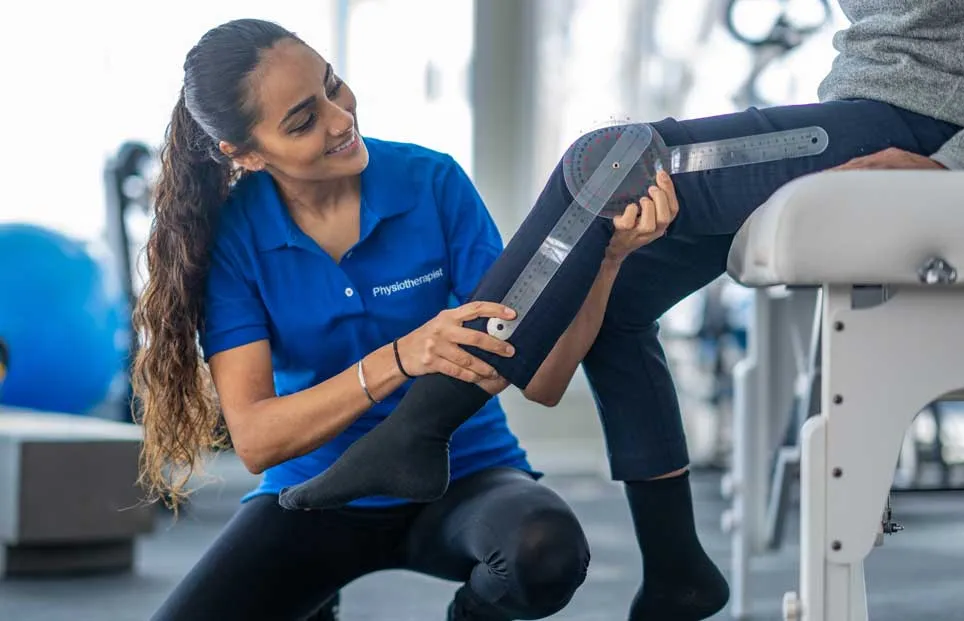One of the primary techniques used to alleviate dyspnea in physical therapy is the practice of controlled breathing exercises. These exercises often focus on abdominal breathing, which promotes patients to use their breathing muscle rather than their upper thoracic muscles when breathing in. This approach helps to maximize lung capacity and efficiency. Additionally, pursed-lip breathing is another approach that can be helpful. This method requires breathing in through the nose and breathing out slowly through compressed lips, which can help to keep airways open longer and render breathing feel more manageable. By including these exercises into therapy sessions, physical therapists can provide patients with tools to manage their dyspnea both during and outside of their sessions.
Another crucial aspect of controlling dyspnea in physical therapy is the creation of an personalized exercise regimen. Tailoring exercises to meet the specific needs and capabilities of each patient is crucial. Therapists should slowly integrate aerobic activities, such as walking or biking, in a structured manner, allowing patients to build their endurance over a period. This incremental approach helps patients to feel more at ease with fitness activity while simultaneously improving their lung capability and overall endurance. It is vital for therapists to observe patients carefully during these exercises to make sure they are not overworking themselves, which could lead to increased difficulty of breath.
Education also plays a major role in reducing dyspnea during physical therapy sessions. Providing patients with knowledge about their condition and the factors behind breathing difficulties can empower them to take charge of their health. Therapists can describe how elements like anxiety, posture, and environmental conditions can influence breathing. By understanding these concepts, patients can discover to control their symptoms more effectively. Techniques such as stress reduction methods and proper body posture can further assist in reducing the effects of dyspnea during daily activities and therapy appointments.
In conclusion, successfully reducing breathing difficulties in physical therapy appointments involves a combination of breathing exercises, like this individualized exercise programs, and patient teaching. By applying these effective approaches, physical therapists can help patients manage their breathing difficulties and improve their overall health. Working together between therapists and patients is essential to create tailored interventions that address individual needs. With the appropriate support and techniques, patients can find comfort from breathing difficulties and engage more fully in their physical therapy process, eventually leading to a better standard of life.
